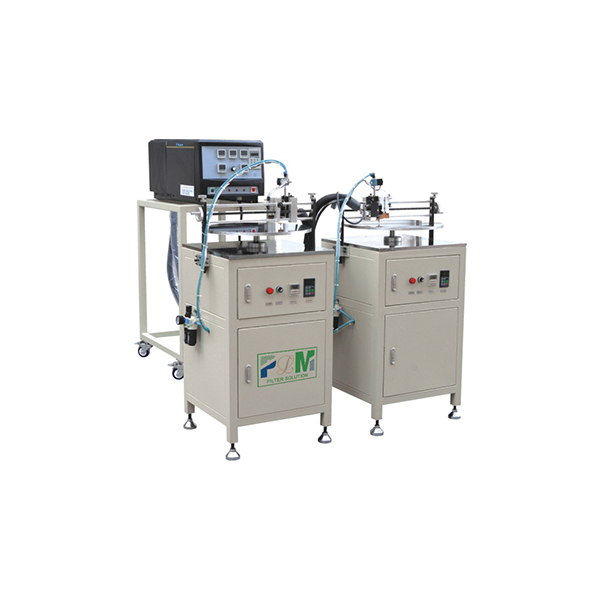Dec . 10, 2024 13:33 Back to list
Innovative Hot Melt Glue Solutions for Versatile Bonding Applications in Various Industries
Hot Melt Glue The Versatile Adhesive Solution
Hot melt glue, a thermoplastic adhesive, has become an indispensable tool across various industries due to its versatility, quick bonding capabilities, and ease of use. This adhesive solution is made from a combination of polymers, resins, and other additives, which, when heated, melt into a liquid state. Upon cooling, the glue solidifies, creating a robust bond between surfaces. It caters to an array of applications, ranging from industrial manufacturing to everyday crafting at home.
Applications of Hot Melt Glue
One of the primary advantages of hot melt glue is its diverse range of applications. In the construction and woodworking industries, it is commonly used for assembling furniture, laminating surfaces, and even in packaging. The adhesion provided by hot melt glue is strong enough to hold materials like wood, plastic, metals, and ceramics together, making it suitable for both structural and decorative applications.
In the realm of arts and crafts, hot melt glue provides hobbyists and professionals with a reliable adhesive for projects ranging from scrapbooking to furniture restoration. The ease of use, combined with its fast-setting properties, allows for creativity without the long waiting periods typical of other adhesive types. Crafting with hot glue is not only efficient but also offers flexibility in the types of materials used, encouraging innovation in design.
Furthermore, the packaging industry has significantly benefited from the use of hot melt glue. It is instrumental in the assembly of corrugated boxes, cartons, and point-of-purchase displays. The fast bond formation helps streamline production processes, reducing the time products spend on the assembly line. Additionally, hot melt glue’s ability to create airtight seals is crucial for preserving food products and preventing contamination.
Benefits of Hot Melt Glue
hot melt glue product

Hot melt glue offers several distinct advantages that set it apart from other adhesives. Firstly, its quick setting time allows for immediate handling of bonded materials, which is essential in high-paced industrial environments. Unlike traditional liquid adhesives, which often require clamping and extended curing times, hot melt glue provides instant adhesion upon cooling.
Another significant benefit is its ability to withstand a wide range of temperatures. This makes it suitable for both indoor and outdoor applications where environmental conditions may vary. Many formulations of hot melt glue are resistant to moisture, UV light, and extreme temperatures, adding to their applicability in diverse settings.
Moreover, hot melt glue is easy to apply with a variety of dispensing tools, including glue guns, which offer precision and control. This ease of application enhances productivity and ensures that users can achieve consistent results with minimal waste.
Safety and Storage Considerations
While hot melt glue is generally safe to use, it is crucial to handle the heated glue carefully to prevent burns. Personal protective equipment, like gloves and safety glasses, is recommended during application. Additionally, it is essential to store hot melt glue sticks in a cool, dry place, away from direct sunlight and heat sources, to maintain their effectiveness and longevity.
Conclusion
In conclusion, hot melt glue is a versatile and efficient adhesive solution that caters to a multitude of applications across various industries. Its quick bonding properties, ease of use, and adaptability to different materials make it a preferred choice for professionals and hobbyists alike. Whether in manufacturing, crafting, or packaging, hot melt glue continues to prove its worth as an essential tool for achieving reliable and durable bonds. As innovations in adhesive formulations arise, hot melt glue is poised to become even more integral to our everyday lives, paving the way for creative and industrial advancements.
-
Active Carbon Air Filter for Air Purifier – High Efficiency Filtration Solution
NewsJul.22,2025
-
Durable Sintered Porous Metal Filter Tube Cup & Machines
NewsJul.22,2025
-
Effective Active Carbon Air Filter for Purifiers | Eliminate Odors
NewsJul.21,2025
-
PLJT-250-25 Full-auto Turntable Clipping Machine | Efficient Automation
NewsJul.20,2025
-
Cheap PLJY109-500 Full-Auto HDAF Expanded Mesh Spiral Coiling Machine - High Efficiency & Quality Manufacturer
NewsJul.08,2025
-
Best PLHJ-6 Full-Auto Eco Filter Rotary Heat Plating Machine - High Efficiency & Eco-Friendly Solution
NewsJul.08,2025
